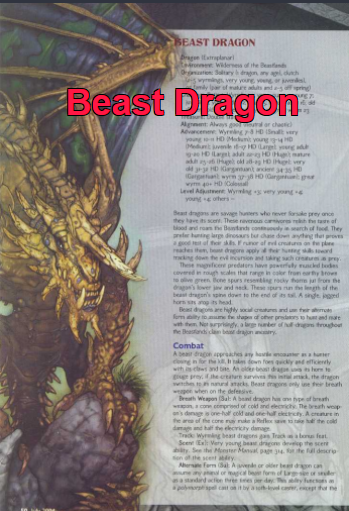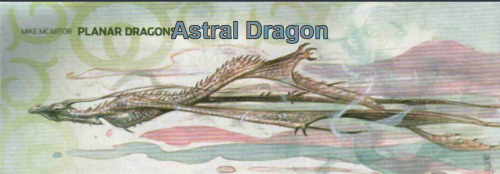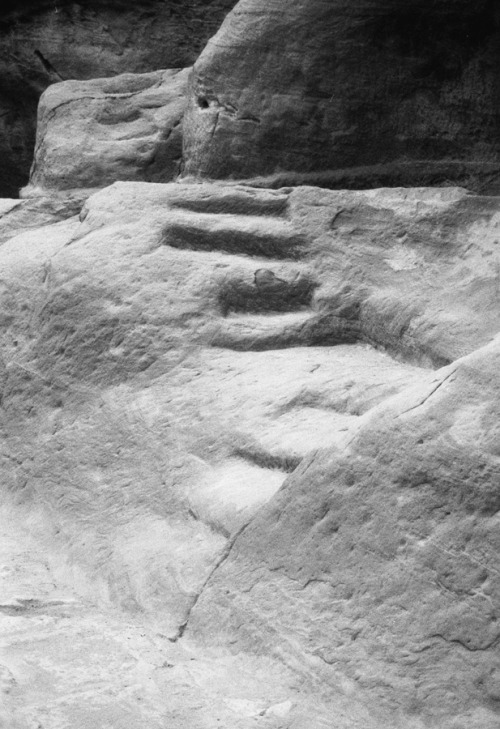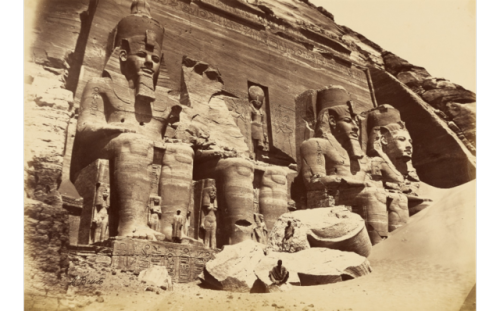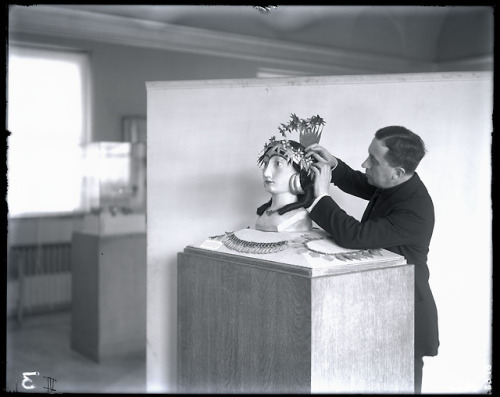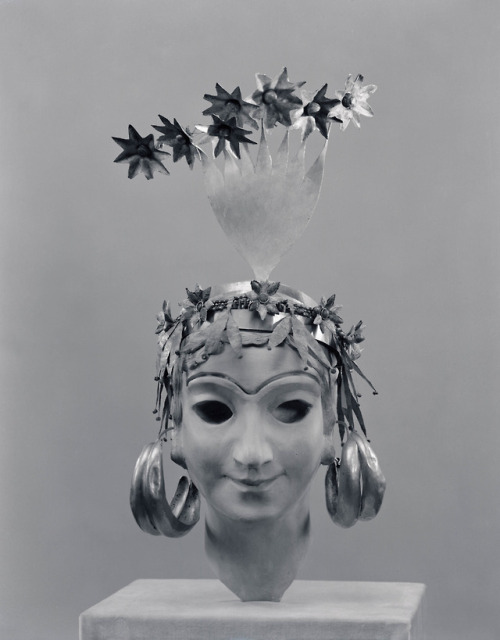#ancient

~ Head of Isis.
Period: Roman
Date: 30 B.C.-A.D. 395
Place of origin: Egypt
Medium: Glass

~Book of Amduat of Buiruharmut, with Elements of the Tenth through Twelfth Hours.
Date: 1000-900 B.C.
Place of origin: Egypt
Period: Third Intermediate Period-late 21st Dynasty(1069-945 B.C.) or early 22nd Dynasty (945-715 B.C.)




~ Vessel: fish with open mouth.
Culture: Olmec
Date: 1150–550 B.C.
Medium: Ceramic and slip



~ The Calvatone Victory.
Date: A.D. 2nd century (Torso, head and sphere; the rest parts were reconstructed and added in 1844 according to the then views of the iconography of Victor)
Medium: Guilded bronze

~ Amulet.
Date: 1075 B.C.-945 B.C.
Place of origin: Egypt





~ Face of Akhenaten.
Culture: Egyptian
Period: New Kingdom; 18th dynasty, period of Akhenaten
Date: 1372-1355 B.C.
Place of origin: Amarna, Egypt

~ Rectangular plaque; side A: the name and titles of the “Sem” priest of Ptah, governor of the city, the vizier Nefer-renpet; side B: this official shown adoring the throne name of Ramesses II.
Place of origin: Egypt
Period: New Kingdom
Medium: Glazed steatite

~ Relief Fragments Depicting a Winged Woman and Two Deer
Culture: Roman
Place of origin: Monte Palatino
Date: A.D. 1–100
Medium: Stucco, pigment, and gold


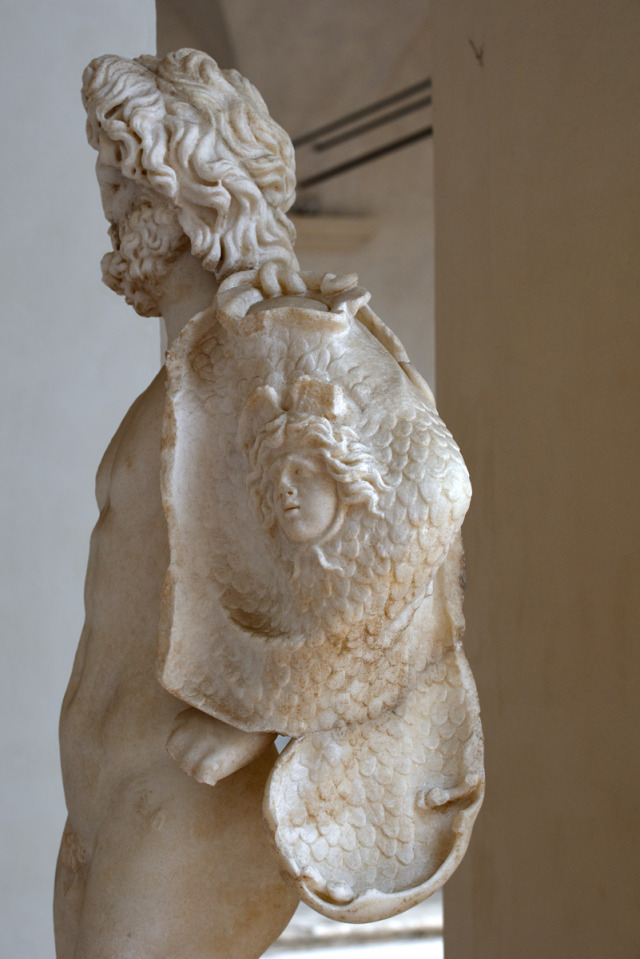
~ Jupiter with the aegis.
Date: A.D. 2nd-3rd century
Medium: Parian marble
Provinience: Rome, Roman National Museum, Baths of Diocletian, Small Cloister of the Certosa (Roma, Museo nazionale romano, Terme di Diocleziano, Chiostro piccolo della Certosa).
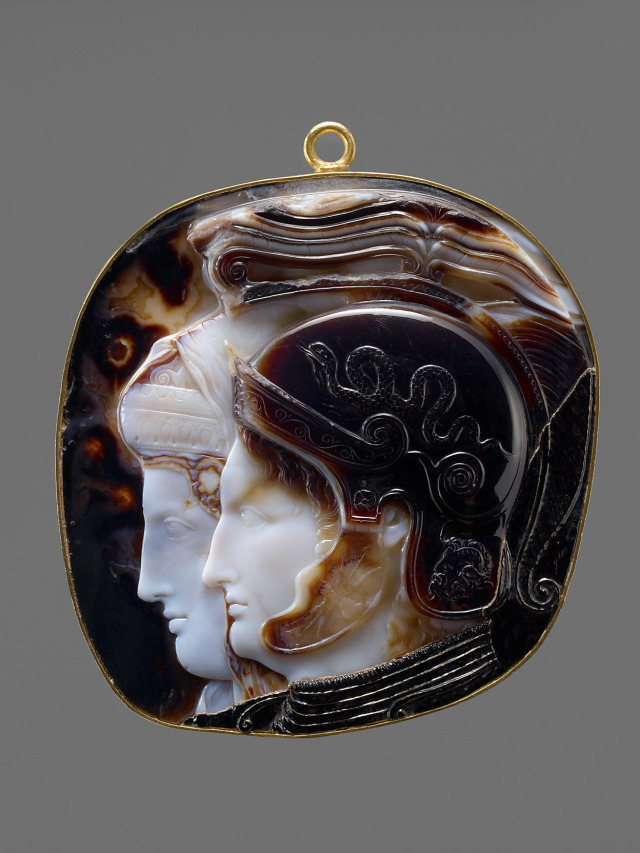
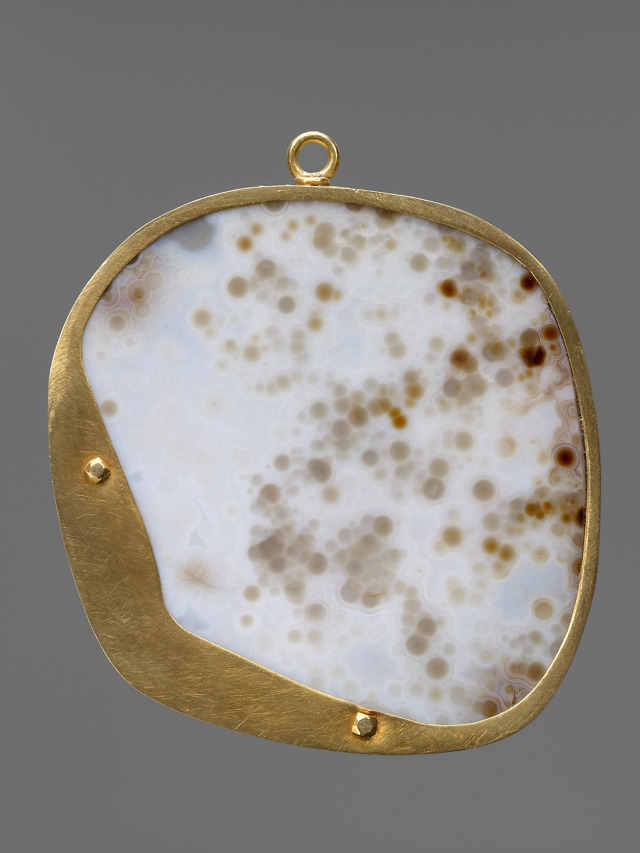
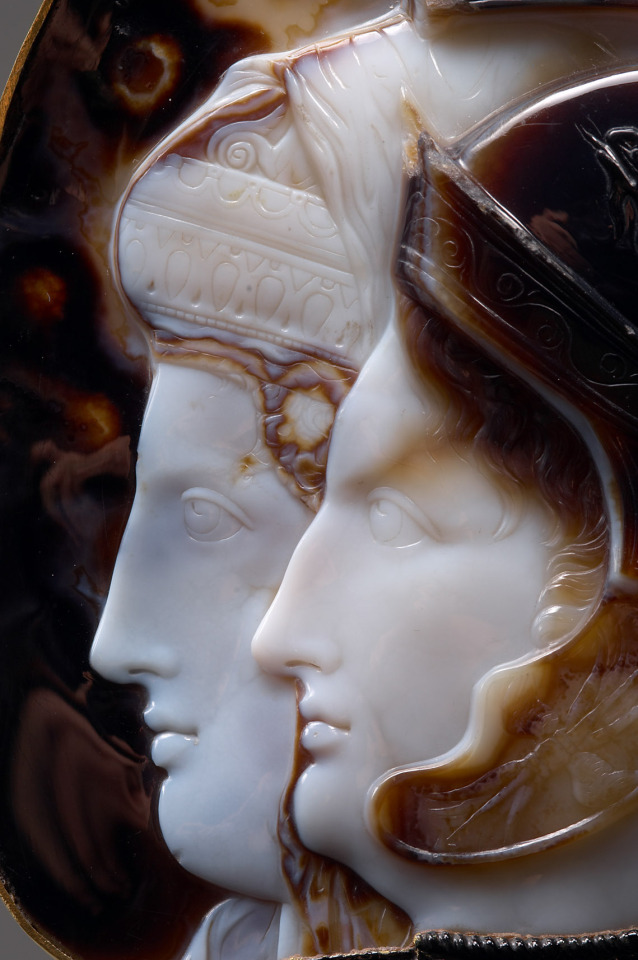
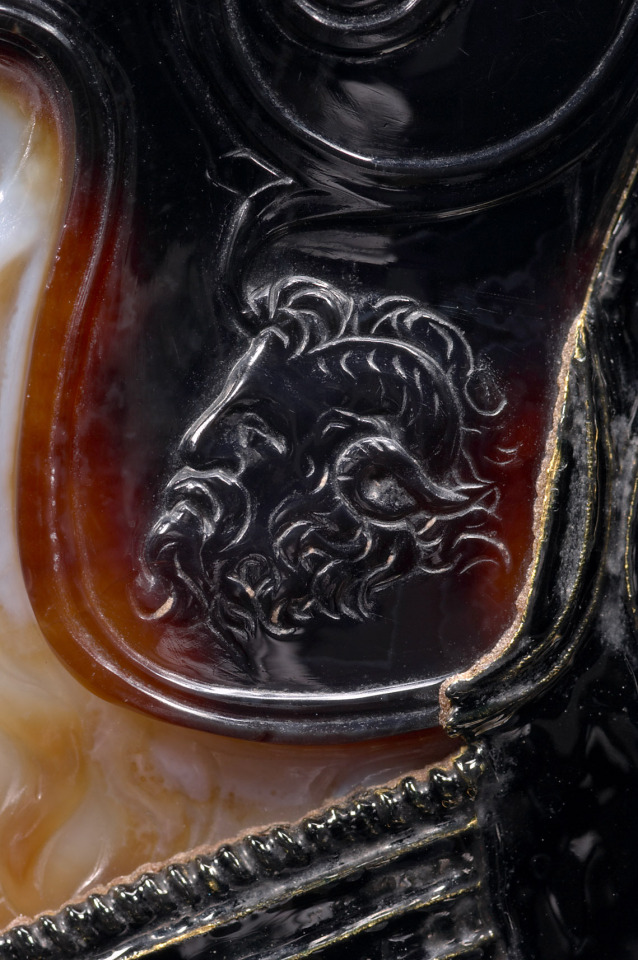
~ Ptolemaic Cameo.
Culture: Greek
Period: Hellenistic
Date: 278-269 B.C.
Medium: Ten-layered Arabic Onyx, dark brown and bluish white. Setting: gold ring, enamel, 4th quarter of the 16th century.

~ Votive relief fragment depicting the cobra-goddess Wadjet, the creator god Khnum in the form of a ram, and the goddess of truth, Ma‘at.
Place of origin: Egypt
Period/Culture: Ptolemaic Period
Medium: Limestone

~ Ostrakon with the Greek alphabet.
Place of origin: Thebes, Egypt
Date: 30 B.C.-A.D. 641
Period: Roman Imperial period
Medium: Earthenware vessel fragment with Greek script.

~ Mask.
Period: New Kingdom, 18th Dynasty
Date: ca. 1550–1295 B.C.
Place of origin: Upper Egypt, Thebes, Dra Abu el-Naga (Carnarvon/Carter excavations, 1906-11)
Medium: Pottery, gold leaf




~ Polymnie.
Period: Imperial
Date: A.D. 62-79
Place of origin: Pompeii (Villa of Julia Felix)


~Pair of Earrings with the Figurine of Artemis on a Fallow Deer.
Date: Second quarter of the 4th century B.C.
Place of origin: Crimea, environs of Kerch
Archaeological site: Nymphaeum Necropolis
Material: Gold
The Temple of Abu Simbel c.1880s & 1967
Created by Pharaoh Ramses II over 3000 years ago, controversially relocated in 1968 to make way for the Aswan Dam.
First photo by Antonio Beato (English, born Italy, about 1835 - 1906), Getty Museum, 84.XM.473.1
Post link
QUEEN PUABI’S HEADDRESS (2/2)
Ur, Iraq
c.2500 BCE
So many different displays, each rather telling…
“Her name and title are known from the short inscription on one of three cylinder seals found on her person. Although most women’s cylinder seals at the time would have read “wife of ___,” this seal made no mention of her husband. Instead, it gave her name and title as queen. The two cuneiform signs that compose her name were initially read as “Shub-ad” in Sumerian. Today, however, we think they should be read in Akkadian as “Pu-abi” (or, more correctly, “Pu-abum,” meaning “word of the Father”). Her title “eresh” (sometimes mistakenly read as “nin”) means “queen.”
In early Mesopotamia, women, even elite women, were generally described in relation to their husbands. For example, the inscription on the cylinder seal of the wife of the ruler of the city-state of Lagash (to the east of Ur) reads “Bara-namtara, wife of Lugal-anda, ruler of the city-state of Lagash.” The fact that Puabi is identified without the mention of her husband may indicate that she was queen in her own right. If so, she probably reigned prior to the time of the First Dynasty of Ur, whose first ruler is known from the Sumerian King List as Mesannepada. Inscribed artifacts from the Seal Impression Strata (SIS) layers above the royal tombs at Ur name Mesannepada, King of Kish, an honorific used by rulers claiming control over all of southern Mesopotamia.”
https://www.penn.museum/collections/highlights/neareast/puabi.php
Post link






